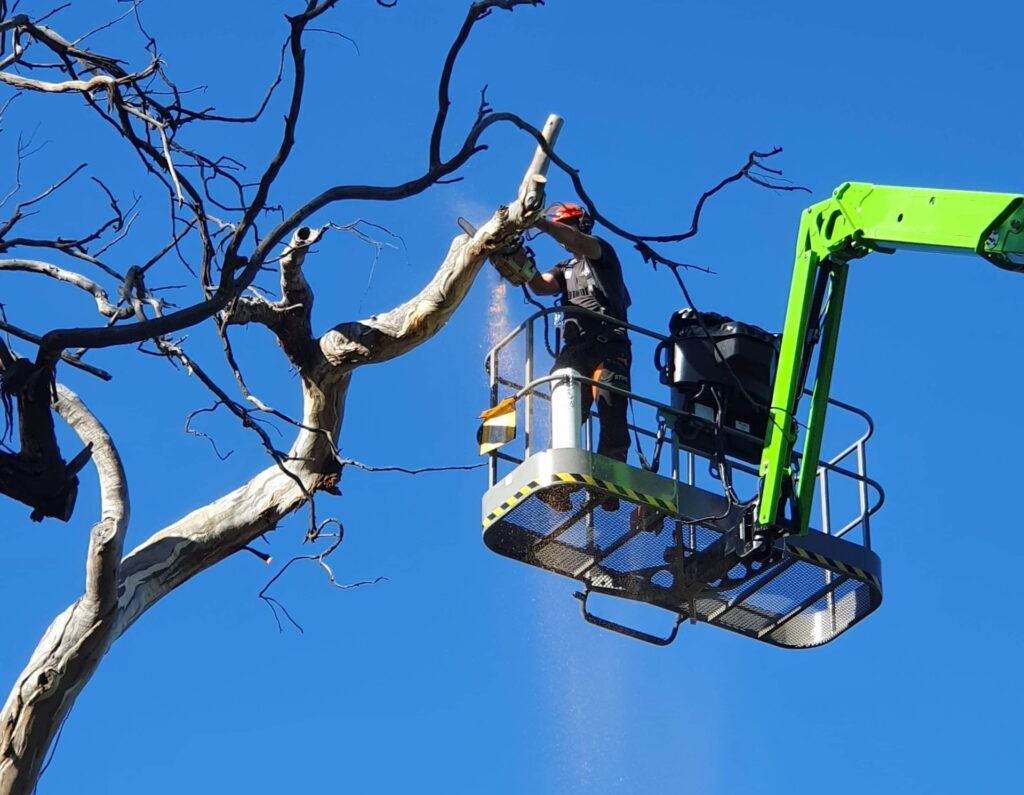

Arborist Tips for Canberra Gardens
As arborists in Canberra, we come across many wonderful and inspiring private gardens. What makes many of these gardens special is that they thrive despite Canberra’s distinct and extreme seasons. In this blog article, we provide some general arborist tips for gardens in Canberra and Queanbeyan.
Have a Plan
As with any successful endeavour, you need a plan for your garden in Canberra. Fortunately, it doesn’t need to be complicated. A basic plan answers several questions: do I want a low or high-maintenance garden? What is my budget? Is erosion an issue on my block? An arborist in Canberra can help you answer these questions.
Manage Soil
Canberra’s soil is typically heavy clay, which is problematic for some tree and plant species. Clay soil tends to be hard and dry; it also locks in nutrients that flora requires. The key to managing clay soil is to turn it over regularly and mix in organic material, such as manure and compost. Placing mulch over clay soil keeps it moist and cool in summer.
Trim Trees Regularly
Trimming and pruning trees is imperative for several reasons: it improves tree health and safety, enables tree diseases to be detected earlier, and keeps a property looking neat. Considerable tree trimming and pruning information can be found online (a tree must be trimmed or pruned at the right time). Trimming or pruning a large tree is probably best left to an arborist in Canberra.
Use Mulch
There are many benefits to putting mulch on soil. Depending on the type of mulch used, it can stop weeds from growing, fertilise the soil, slow down erosion, deter some insect pests, and help the soil retain moisture. Many property owners use organic food scapes, coffee grounds, newspaper, grass clippings, leaves, pine needles, or wood chips as mulch.
Feed your Garden
Like people and animals, gardens need frequent nutrition. In many cases, a good general-purpose fertiliser can be used throughout the garden. However, specific fertilisers may be required for some plant species, such as roses and grevilleas. Fertilisers are typically applied just before spring, though natives generally prefer slow-release fertilisation in autumn.
Examine Trees Periodically
Many keen gardeners inspect their trees and shrubs regularly to check for diseases, pests, nutritional deficiencies, and structural issues. For large or inaccessible trees, an arborist in Canberra is probably required. In the case of large eucalypts, regular inspections can identify termite nests early on. As the idiom goes, prevention is better than cure.
Treat Diseases and Pest Infestations
Common tree diseases in Australia include powdery mildew, root rot, anthracnose, myrtle rust, pink disease, peacock spot, and Cypress canker. Insects that can cause damage to trees and shrubs include aphids, elm leaf beetles, citrus gall wasps, giant pine scale, and grapevine phylloxera. If your trees look sick or abnormal (and aren’t responding to over-the-counter treatments), an arborist in Canberra may be required.
Plant Drought and Frost Tolerant Trees
Given Canberra’s varied climate (cold and frosty in winter; hot and dry in summer), property owners should plant trees and shrubs resistant to drought and frost. Trees and shrubs that generally do well in Canberra include eucalypts, jacaranda trees, grevilleas, bottlebrushes, crepe myrtles, wattle trees, and banksias. Tropical and water-intensive trees and shrubs aren’t generally suitable.
Use Water Sensibly
The ACT Government is committed to conserving water in the region. Sprinklers and irrigation systems can be used only between 6pm and 9am. Watering cans and buckets can be used anytime. Not surprisingly, watering gardens in hot weather is counterproductive due to high evaporation rates and Canberra’s clay soil. Many avid gardeners use mulch to assist with water retention.
Don’t Plant Large Trees Close to Buildings
Large trees typically have large and complex root systems. Therefore, it’s imperative not to plant large trees close to buildings, driveways, and paved or concreted areas. The roots of a large tree have the power to damage building foundations and plumbing infrastructure, as well as cause cracks in driveways and concrete. If you’re unsure about a tree species, seek advice from an arborist in Canberra.
PS – Large eucalypts should never be planted close to buildings, as termites often base their home nests in them.
To speak with an arborist in Canberra about any of the information in this blog article, please call Leon on 0434 510 767.